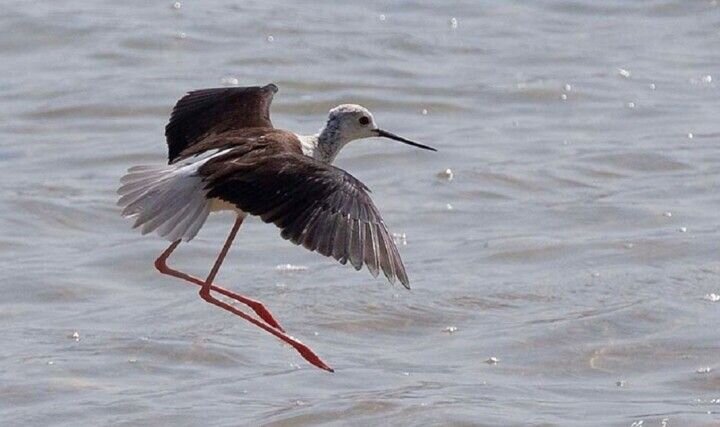Ilam hosting migratory birds

TEHRAN –Every year, wetlands and habitats in Ilam province, in the west of Iran, welcome a large number of migratory birds.
Lake Kangir, Seymareh River and Dam, Chardavol River, and Karkheh Dam are among the most important habitats of wintering migratory birds in the province, IRNA reported.
The birds fly from the northern and cold regions of the world such as Siberia to spend the winter in Ilam.
Important and endangered species such as bustards, Coraciidaes, coots, herons, cormorants, and different kinds of geese, storks, and ducks are among the migratory birds.
Every year in autumn and winter, an average of 30 to 70 species (their number changes every year depending on weather conditions) of wintering birds migrate here.
Many of these birds stay for a short time to rest and refuel. After a few days, they continue their long journey to other lands, while many others are winter residents, remaining in the province up to the spring.
Before the arrival of the birds, the wetlands and their habitats are monitored. With the presence of the birds, the monitoring and observation of these places even increases to prevent hunting of the birds.
In order to prevent the spread of acute bird flu viral disease, joint patrols are conducted by different government bodies like the Department of Environment, Veterinary Medicine Organization, and the health centers in the area.
Iran is main wintering habitat in West Asia
Iran is the most important country in West Asia in terms of housing migratory birds in winter as around two million birds fly each year to spend winter in the country's wetlands, according to an official with the Department of Environment (DOE).
Encompassing numerous wetlands, reservoirs, and diverse water bodies, Iran welcomes millions of migratory birds every year.
The country has also emerged as the most important stopover for migratory birds in their flight route from Siberia to the Nile as sixteen percent of them select to spend the winter in the country, ISNA quoted Hassan Akbari as saying.
He made the remarks on the occasion of World Migratory Bird Day which is celebrated on May 11 to raise awareness about the importance of migratory birds and the need to protect them.
A diverse array of migratory birds fly to the country, with more than 160 species of aqua and waterside birds identified in Iran which is a significant number.
Despite limited water resources in the domestic habitats of the country, the study of the migratory bird population trend shows that the abundance and diversity of the birds that enter the country have not decreased. The majority of them have flown to the coastal areas of the Caspian and the Persian Gulf, though.
Iran hosts more than five percent of the world's migratory birds in 450 sites in winter, Akbari said.
“Every year some 30 to 40 million birds are counted all over the world and the related statistics are recorded in the International Waterfowl Census (IWC) database,” he added.
Iran joined the international census of wintering water birds as the first West Asian country at the same time as European countries in 1976.
In the early years, the counting of water birds was limited to the species that could be hunted including swans, geese, ducks, and common terns. Since 1987, other aquatic birds have been added to the list.
Pointing out that in the past 6 decades, the counting of wintering water birds in Iran has been a priority of the Department of Environment, he added, “Thanks to favorable geographical conditions, climatic diversity, wetlands, and aquatic habitats, including the Caspian Sea in the north, the Persian Gulf and the Oman Sea in the south, Iran hosts millions of migratory and wintering water birds yearly.”
The annual census for migratory birds in Iran begins in the middle of the Iranian calendar month of Dey (December 22-January 20) and ends in the middle of the month of Bahman (January 21-February 19) in more than 450 sites in 30 provinces with the help of headquarters, provincial experts and professional birdwatchers of non-governmental organizations.
In the last three decades, over 8.1 million birds were counted on average, which is about five percent of the world's population of migratory birds and more than 16 percent of the population of migrant birds taking the route from Siberia to the Nile.
MT/MG
